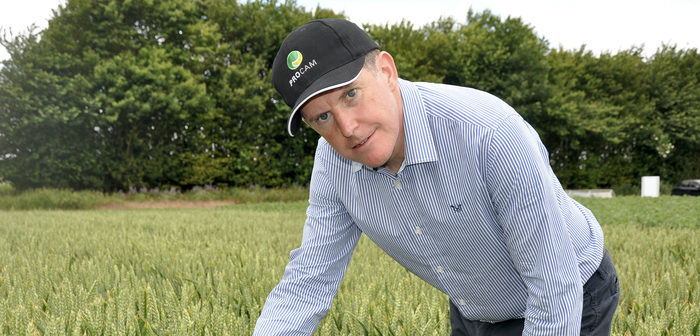Be prepared to head off late-season disease surges in cereal crops with the arrival of warmer weather after the wet May, growers are being urged.
According to Mike Thornton, head of crop production for agronomy firm ProCam, rusts in wheat will need monitoring, with brown rust in particular thriving in hotter weather.
But high rainfall in May and windy conditions rubbing leaves together will have favoured the spread of Septoria through crop canopies, and the arrival of warm weather will now allow this to cycle faster, he adds.
“Growers need to be on their guard,” stresses Mr Thornton. “There are some good grain prices, so cereals are worth looking after, and we’ve seen the effects on disease development of wet weather followed by warmer conditions before.
“There’s no single fungicide prescription. Each field needs judging individually to head off infection before it gets too established. But more robust fungicide doses may be needed to cope with heightened infection pressures, and there may be an increased need for T3 fungicides – not only to control ear diseases as usual, but also to give a decent top-up against foliar disease.”
If the interval between earlier T1 and T2 fungicide sprays was stretched beyond the optimum three weeks, or if T1 fungicides were trimmed back for any reason, Mr Thornton says this is likely to increase the need for effective control.
Rapid crop development brought on by the warm weather will also make regular crop monitoring more important, he says, so that ideal fungicide timings are not missed.
“It’s not just wheat that we need to be vigilant with. It’s a similar situation in barley. As well as the usual wet weather diseases of Rhynchosporium and net blotch, barley crops have been under a lot of stress, and stress is a trigger for any latent Ramularia infection to manifest. So there’s an equal need for attention to detail to keep barley healthy to protect the important grain-filling period,” he adds.




